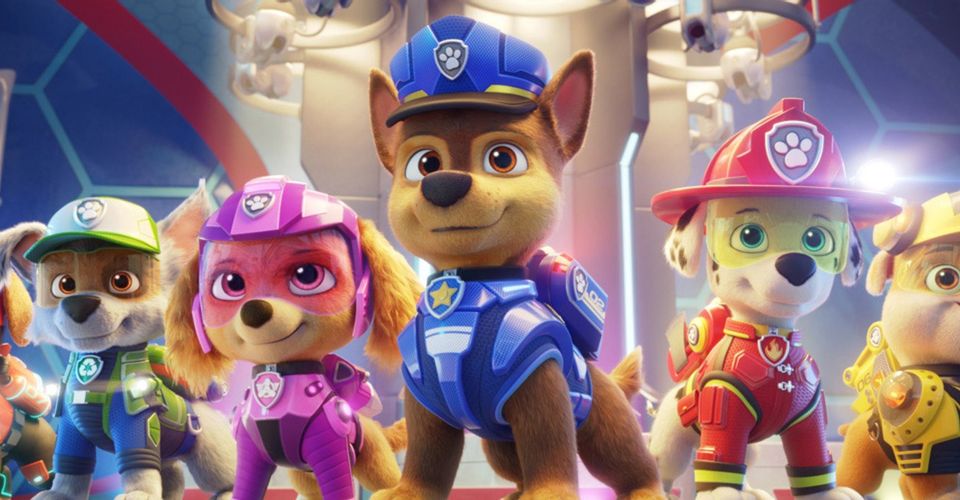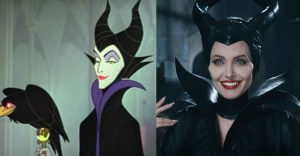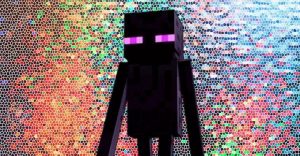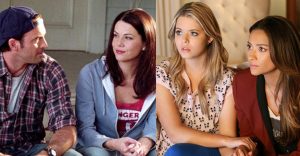PAW Patrol: The Movie Review — Bigger Isn’t Better In This Mediocre Kids Film

By shifting the action of PAW Patrol: The Movie from the humble, homey town of Adventure Bay to the busy metropolis that is Adventure City, the story loses a great deal of its magic — a fitting allegory for the biggest challenge with adapting popular kids cartoons for a feature film. The Canadian movie is more than an extended episode of the beloved TV series: some of the familiar aspects are there, but the property is given a fresh new look, a new setting, and new characters. Several of these new elements, however, simply don’t work. PAW Patrol has enough action to keep young fans entertained, but parents will likely be bored by the dragging pace and convoluted plot.
PAW Patrol: The Movie follows the titular PAW Patrol as they head to Adventure City, where Mayor Humdinger has cheated his way to power. The movie was produced by Spin Master, the same toy company responsible for the TV series (and merchandise). It was directed by Cal Brunker, and its screenplay was written by Billy Frolick, Brunker and Bob Barlen. These names are all accomplished in the world of feature animation; however, they’re new to the world of PAW Patrol — and it shows.

PAW Patrol: The Movie feels slightly off, almost like an imitation of the popular kids program rather than a 90-minute story based on that world. There are familiar elements from the franchise — Marshall having a comedic tumble or Rubble talking about snacks — but the moments feel shoehorned in, and contrast the more dramatic tone set by the surrounding narrative. Part of the issue is, no doubt, the change of setting; by leaving Adventure Bay, PAW Patrol: The Movie also abandons the majority of characters long-time fans have fallen in love with. Mayor Goodway, Chickaletta, and Cap’n Turbot all have very minor cameos, while other beloved characters don’t appear at all.
The animation style used for PAW Patrol: The Movie doesn’t help with the transition from small to big screen either. In many ways, the visuals are better than ever, and many small children will be positively enchanted by the bright colors and vibrant aesthetic. Yet, the overall new style doesn’t quite match the show in ways that some viewers might find distracting or even irritating. The most noticeable changes are to the movie’s main characters, Ryder and Chase. Ryder, in particular, is almost unrecognizable. Somehow, the movie manages to make him seem even more impossibly young (especially when driving). More subtle are the changes in tone: Humdinger is a lot less goofy, Ryder has a moment of mean-spirited glee, and Liberty (the new pup) threatens a stranger with physical violence.

Overall, the world in PAW Patrol: The Movie is slightly more mature than the preschool-friendly TV series; the movie inserts elements of realism that clash uncomfortably with the most basic elements of the universe, which destabilizes the admittedly flimsy logical structure of PAW Patrol. Skye asking how they can afford a new tower, for example, sets up a lame joke — but in the process, it poses a question that undermines the movie’s basic premise. Ryder answers lucrative merchandising (a metafiction joke that is a bit too close to reality to be funny), but this contradicts the later suggestions that the group is relatively unknown in Adventure City. The movie is full of plot holes that make it difficult to suspend disbelief. It’s not just that PAW Patrol: The Movie is implausible, but that the worldbuilding itself is inconsistent.
There are some other inexplicable PAW Patrol omissions too: the iconic doghouses are gone, and as a result, there’s no vehicle transformation sequence (the one element of the show that parents, whether they want to admit it or not, probably do enjoy). Zuma is barely in the film at all, and Rocky and Rubble never really have a role beyond Rubble providing limited comedic relief. The theme song is played, and kids will appreciate the familiarity, but it’s too bad the rest of the movie’s music doesn’t try to match the theme’s upbeat tempo. The other songs are all slower-paced (even the rock music playing over the suit-up scene drags), and the inoffensive adult-contemporary pieces detract from the action onscreen. The approach in the feature film is to crib elements from other recent animated movies in lieu of translating what works in the TV show. If PAW Patrol: The Movie has one fatal flaw, it’s an over-reliance on generic trends.
PAW Patrol: The Movie will accomplish its primary goal of entertaining young children for an hour and a half, but it’s not an experience anyone else will enjoy. The story is convoluted, the few jokes are tired and unfunny, and the attempts at pathos fall flat. Parents who have sat through hours of episodes and specials, like the 45-minute TV movies “Mighty Pups” and “Jet to the Rescue,” will likely recognize many of the same plotlines and ideas being recycled in the movie. Chase losing his self-confidence, for example, or Mayor Humdinger causing a catastrophe by misusing technology; these basic concepts have been done before, and done better, by the series. Following a formulaic approach is fine, and often beneficial for programming geared to young children; however, with a major feature-length film, Spin Master had a chance to do something truly epic with its pups — it’s a shame that the franchise went in a different, and much less interesting, direction.
PAW Patrol: The Movie begins playing in theaters and on Paramount Plus on August 20, 2021. It is 88 minutes long and is rated G.
- PAW Patrol: The Movie (2021)Release date: Aug 20, 2021
About The Author


















